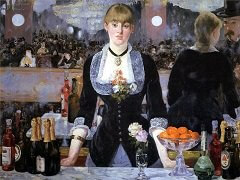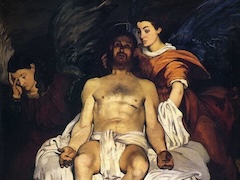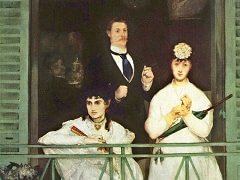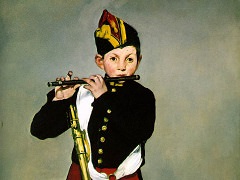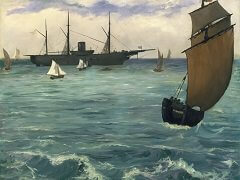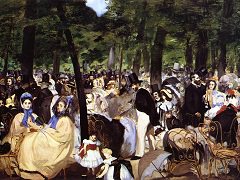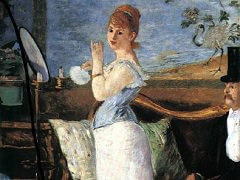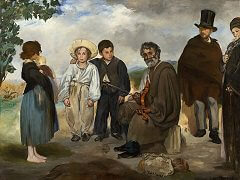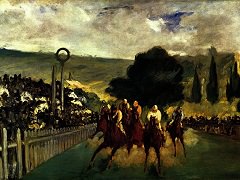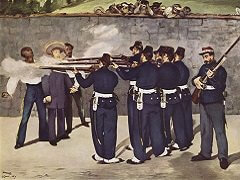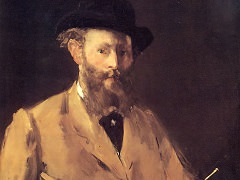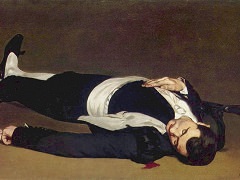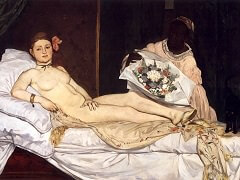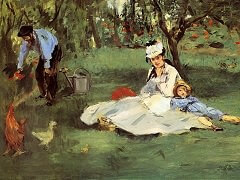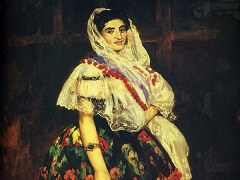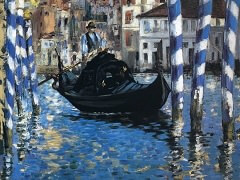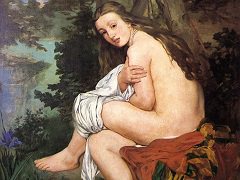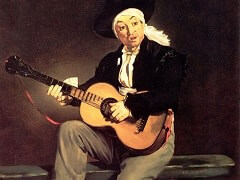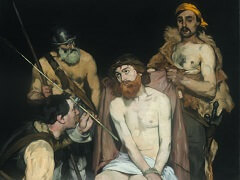Beggar with Oysters, 1865/67 by Édouard Manet
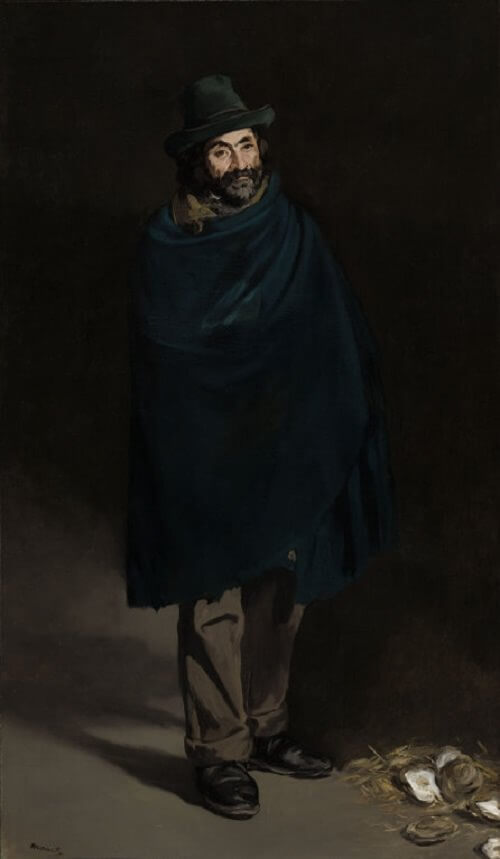
By age 30, Édouard Manet had gained recognition at the state-sponsored Salon exhibition in Paris and established himself as the artist to watch, creating new imagery for contemporary works that translated Old Master painting into a modern idiom. Here he looked to the 17th-century Baroque artist Diego Velazquez, whose two paintings of world-weary philosophers (Aesop and Menippus, both c. 1638) Manet had admired that year at the Museo del Prado in Madrid, Spain.
Like Velazquez's representation of the ancient stoics (whose poverty is associated with wisdom), Manet's beggar-philosophers fit into the popular notion of the social outcast as a seer possessing rare insight.

